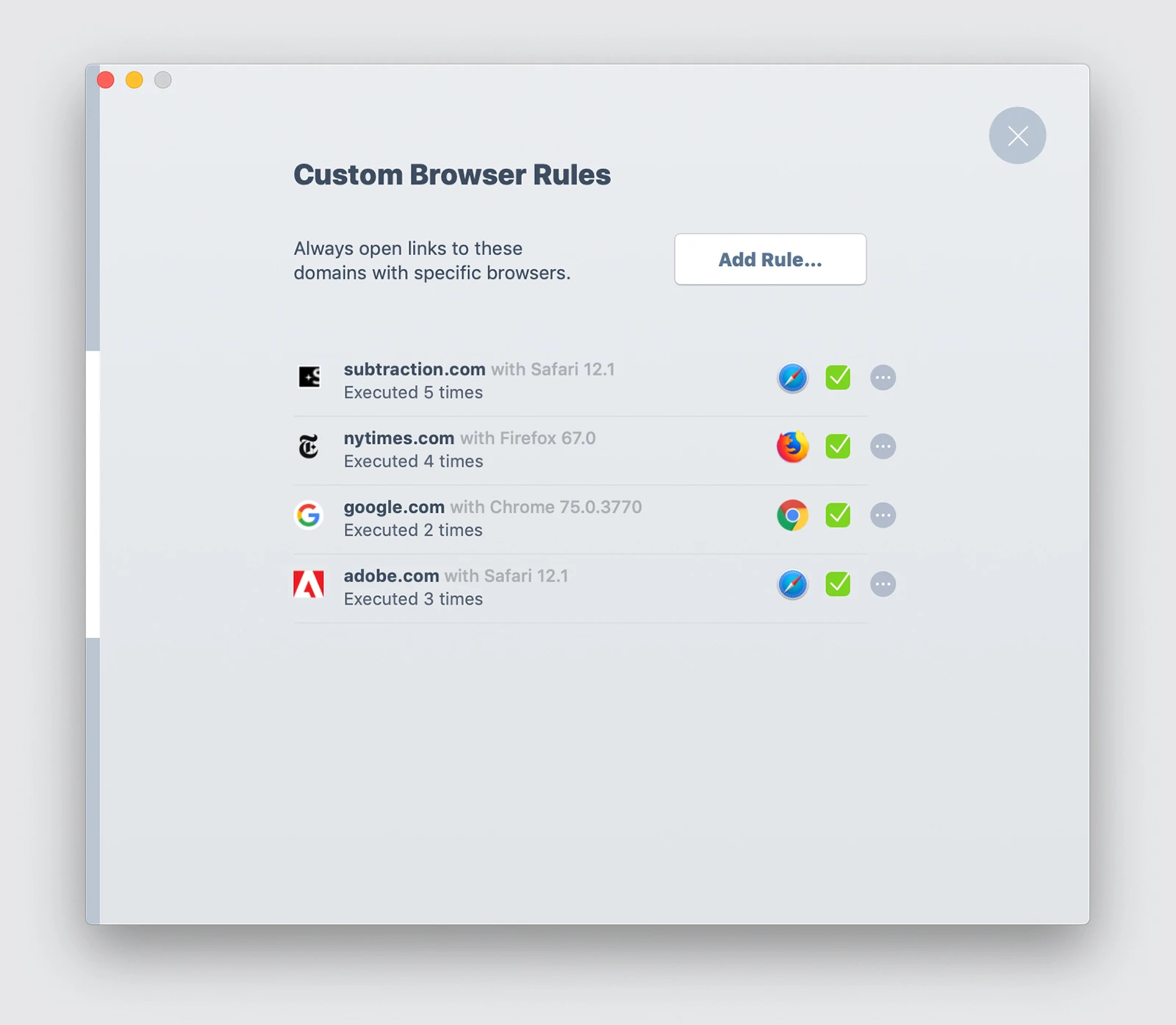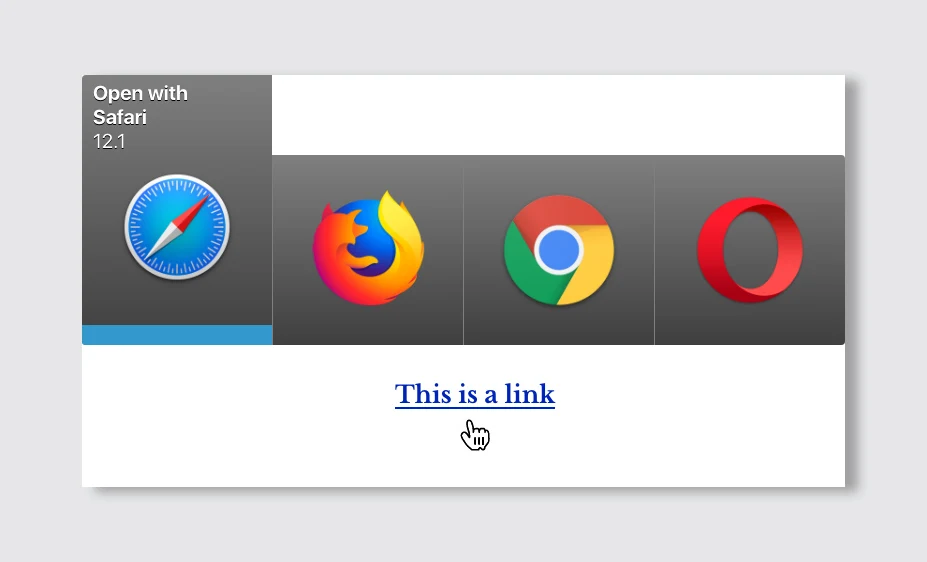Google’s Chrome browser is remarkably convenient, especially if you use an Android smartphone, since it syncs to the cloud to not only keep your URLs straight, but feed much of your data into an algorithm that suggests news, maps destinations, and all sorts of other gee whiz stuff. So it’s no surprise that many of us are hooked on Chrome, even if we don’t want any company, let alone one of the largest ad companies in the world, tracking our every move into every embarrassing corner of the internet.
Is there any solution beyond just switching to Firefox once and for all? Maybe.


“As for the big appeal of Bumpr, yes, today it’s definitely the ability to use Chrome when you need to, but to avoid it when you don’t want to,” says Vinh. “Because Chrome is such a standard now, it’s hard for people to give it up cold turkey, even if there’s increasingly serious concern about how it tracks you.” Indeed, and with 66% of the global market share, it’s easy to forget that there are already other private alternatives to Chrome.
Of course, Bumpr isn’t just useful for the privacy-minded. It can be helpful to hop out of Chrome or Safari simply to open a site without your cookies augmenting how it looks without having to delete your cookies or use an incognito window. That means it’s just the sort of tool that might be useful for families who occasionally split a laptop, or developers who want to test sites without multiple accounts in multiple browsers. Basically, Bumpr makes it easy to escape the self-imposed monopoly that stems from accessing the web with any single web browser—some of the time, at least.
Recognize your brand’s excellence by applying to this year’s Brands That Matter Awards before the early-rate deadline, May 3.